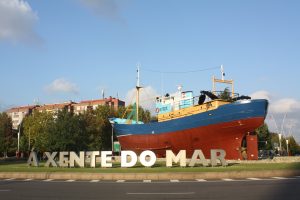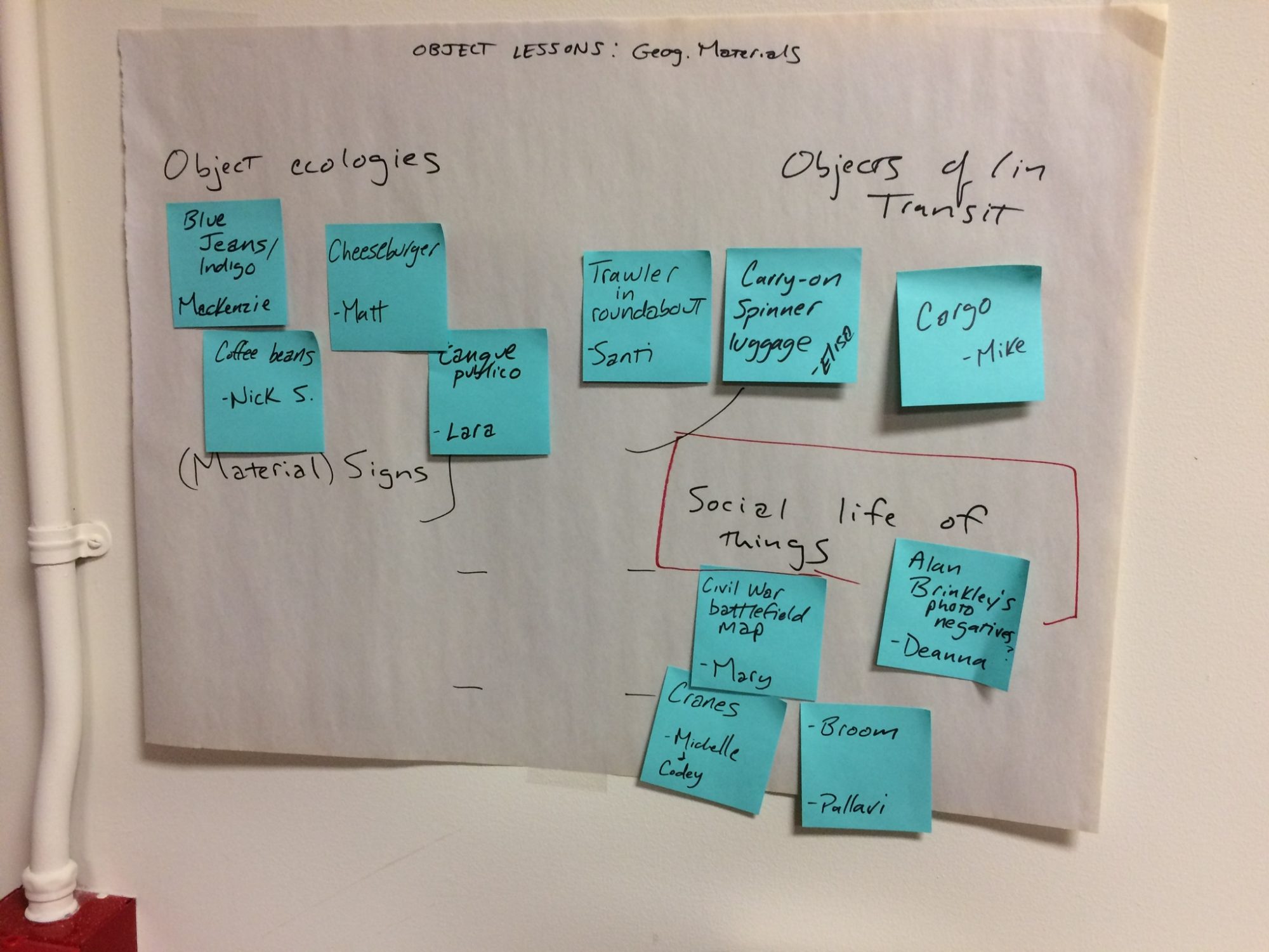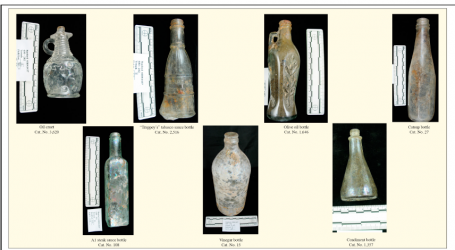In 2000 the government of the city of Vigo, Galicia, located in the Northwestern Iberian Peninsula, accepted a donation from one of the fish canning industries in the city, a fishing trawler named after the founder of the company, Bernardo Alfageme.
This vessel was built in 1944 at Barreras, an emblematic shipyard in the city and the largest Spanish privately owned shipyard. This origin adds to the regional importance of the Alfageme for being the only surviving trawling vessel made of riveted steel in Spain during the first half of the 20th century. Notwithstanding, the relevance of a vessel like this reaches further than its connections with local employment opportunities, development of regional industry, or connotations of rapid and successful technological achievements. During its life, this vessel worked mainly in the fishing grounds at the Sole Bank, occasionally at the Grand Banks of Newfoundland, and lately in southern Portuguese waters. Using the trawling technique, these vessels would capture indiscriminately most of the ocean’s population that it would casually encounter at depths ranging from 120 to 340 meters. With a storage capacity of 70 tons, the Alfageme has productively linked many lives of those underwater to those at the table. Nevertheless, trawling has been pointed out as one of the most environmentally detrimental fishing techniques, especially due to the capture of not targeted animals that happen to share the water with those that humans have decided are worth being eaten. Thus, in a WWF Adena report, “data conservatively indicates that bycatch represents 40.4 percent of global marine catches,” sharply showing the magnitude of this practice.[1]
Until 1988, the Bernardo Alfageme linked its existence to the absence of those who live under water. From there on, it remained at the dock, rusting while initially waiting to be dismantled. Years later, after history-preservation organizations pointed at the symbolism of the ship and questioned its deteriorating condition, it was donated to the city. However, its fate did not change any time soon. In 2008, a report ordered by the local government estimated that 300.000 euros would be needed to turn the ship into an educational museum-style floating facility, an idea that was rapidly discarded due to lack of funding.[2] Finally, during the last months of 2014, the institution revealed its plans for the Alfageme. They decided to locate it, as a statue, on the ground. The prominent space chosen to be its new home, out of its habitat, was the center of a large roundabout. Then, challenged by others’ concerns on the feasibility and necessity of such a project, the local government explained that in order to keep and maintain the vessel by the dock, they had already spent 623.000 euros in fourteen years.[3]
Vigo, known as an industrial city, has been also directly affected by economic decline in the 1980s, as well as the global financial crisis of 2009, reaching unemployment rates of around 25% in the following years. Consequently, the decision to situate the vessel in a historically working class neighborhood of Coia did face strong opposition, especially since the mayor disclosed that costs for the construction at the roundabout and transportation of the vessel from the dock were estimated into be around 100.000 euros. Accordingly, its neighbors organized several demonstrations, including a peaceful boycott by occupying during three weeks the construction site at the roundabout, as well as attempts to stop the transportation of the vessel. The Alfageme reached its final location on a night in February 2015, protected by the same law enforcement agencies that during months had been violently stopping the neighbors from being heard, from getting any space and time to debate and discuss the implications of the project.
 Image 1. By Lameiro – Own work, CC BY-SA 4.0.[4]
Image 1. By Lameiro – Own work, CC BY-SA 4.0.[4]
Now, adorned by the flag of the city and a big sign that dedicates the monument “á xente do mar,” (to the people of the sea,) the Alfageme has turned the roundabout into a space of fishing nostalgia, a symbol of ephemeral prosperity avoiding any reflection on the consequences that human practices have over the lives of non-human beings. Thus, this trawler, once a material tool of modern and fast development, has become an obscene landmark of the impossibility to provide working class families with alternatives and new opportunities, a symbol of the stagnation of modernity. Hence, its transformation in a-boat-on-a-roundabout arises questions, once again, the (mis)use of public spaces in urban environments. Spaces that are disconnected from the lives of the people who inhabit them, spaces that noticeably represent the predatory system that once exploited their inhabitants’ labor to abandon them later.
In its current status, this trawling boat unburdens the loads of the exploitation of non-human lives in the ocean, the loads of the volatile progress of the neoliberal project that leads to unemployment and economic inequality. Shaped by material conflict on the streets, with the intervention of law enforcement control and violence, the vessel moves from the sea into the roundabout, becoming an empty[5] piece of art, indeed a cultural production, situated in public space to glorify that path of aggressive Anthropocene, the era in which (some) humans became a planetary geological force.
-Santiago G. Gesteira
[1] DAVIES RWD, et al. Defining and estimating global marine fisheries bycatch. Marine Policy (2009), doi:10.1016/j.marpol.2009.01.003 [2] https://www.farodevigo.es/gran-vigo/2013/10/06/bernardo-alfageme-fondeara-coia/890758.html [3] http://praza.gal/movementos-sociais/8448/caballero-afirma-que-o-barco-se-instalara-en-coia-e-cualifica-a-oposicion-de-marxinal/ [4] https://commons.wikimedia.org/w/index.php?curid=44070245 [5] The Alfageme was restored only in its external parts. The interior of the vessel was emptied during this process of restoration.


